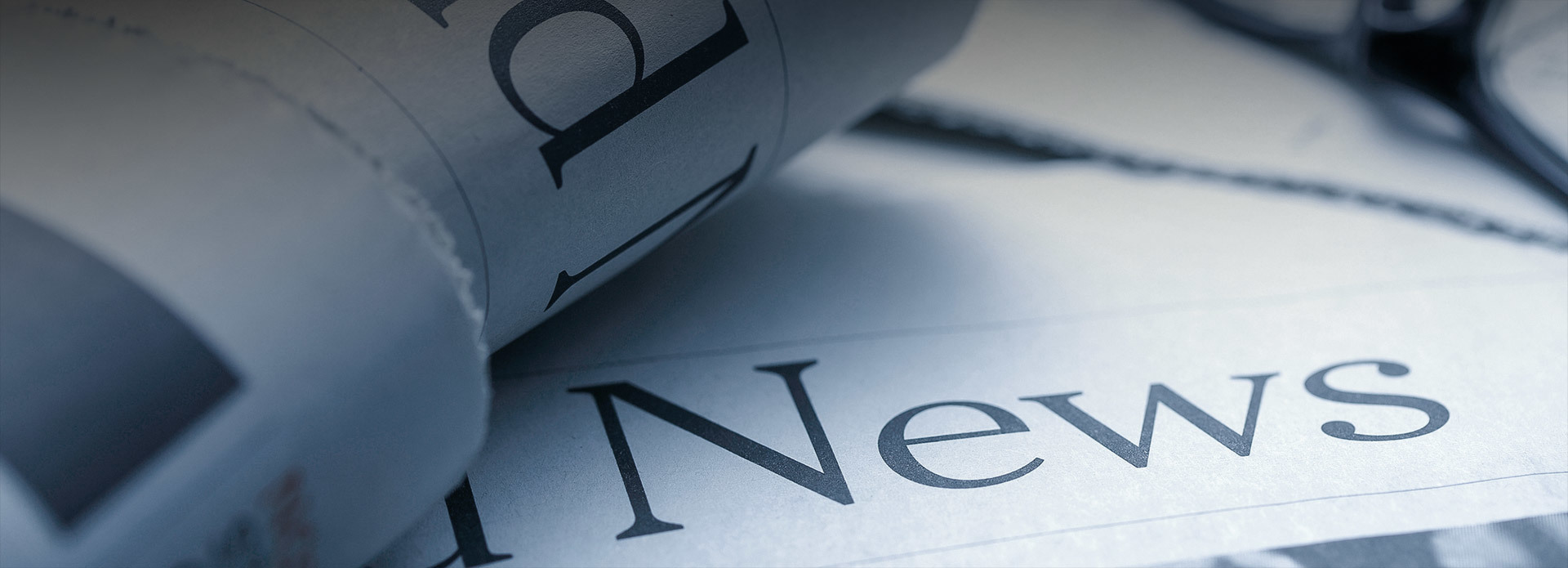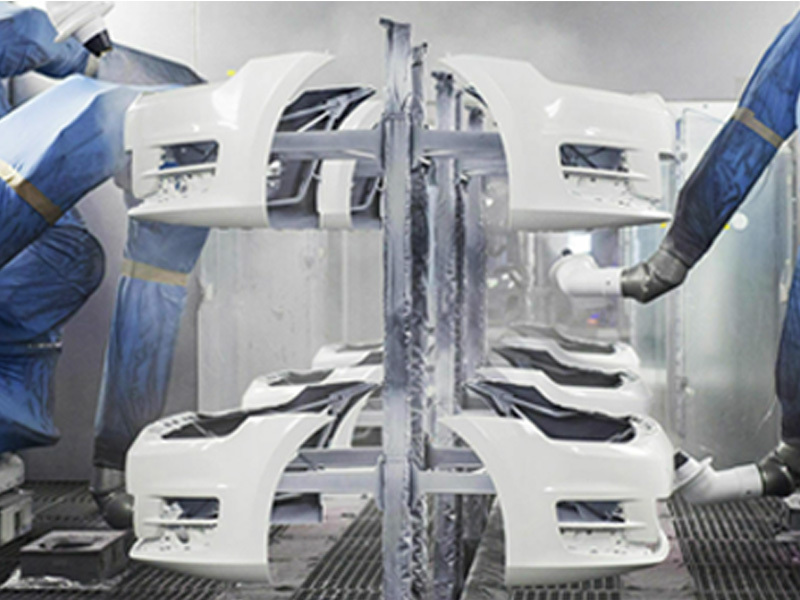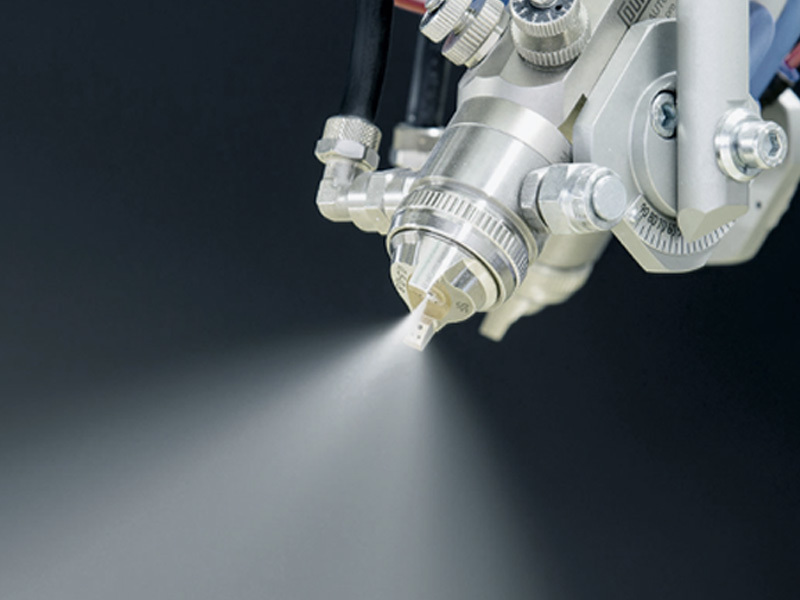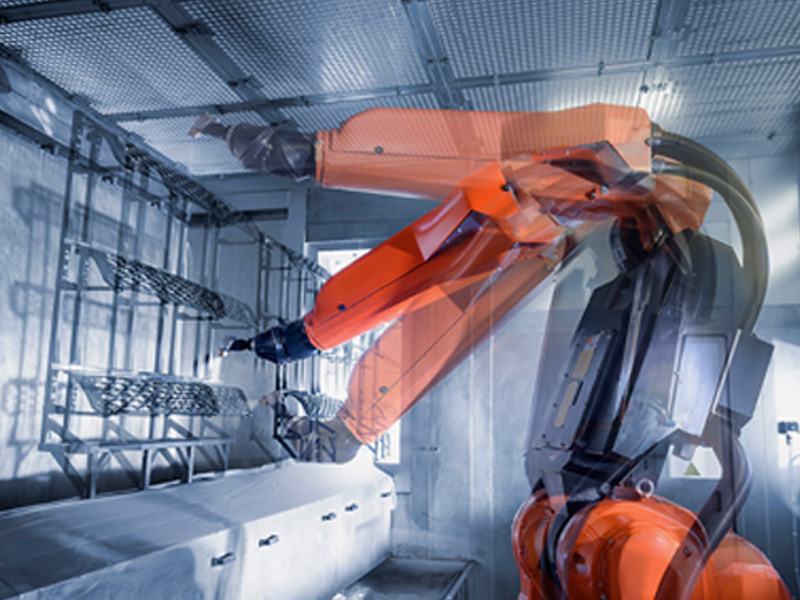Revolutionizing Manufacturing: The Unmatched Advantages of Customized PCB Automatic Spraying Production Lines
Release time:
2025-07-08
Revolutionizing Manufacturing: The Unmatched Advantages of Customized PCB Automatic Spraying Production Lines Table of Contents Introduction to PCB Automatic Spraying Understanding PCB Spraying Technologies The Benefits of Customized PCB Spraying Systems Enhanced Efficiency in Manufacturing Processes Precision Spraying for High Quality Cost-Effectiveness of Customized Solutions Flexibility and S

Revolutionizing Manufacturing: The Unmatched Advantages of Customized PCB Automatic Spraying Production Lines
Table of Contents
- Introduction to PCB Automatic Spraying
- Understanding PCB Spraying Technologies
- The Benefits of Customized PCB Spraying Systems
- Enhanced Efficiency in Manufacturing Processes
- Precision Spraying for High Quality
- Cost-Effectiveness of Customized Solutions
- Flexibility and Scalability in Production
- Implementation Strategies for Success
- Common Challenges in PCB Spraying Systems
- Future Trends in PCB Manufacturing
- Conclusion
- FAQs
Introduction to PCB Automatic Spraying
The manufacturing industry is undergoing a significant transformation, driven by technological advancements that enhance efficiency, quality, and cost-effectiveness. At the forefront of this revolution are **customized Printed Circuit Board (PCB) automatic spraying production lines**. These systems are designed to meet specific manufacturing requirements, enabling companies to produce high-quality PCBs while minimizing waste and reducing operational costs. In this article, we will explore the numerous benefits these customized systems bring to manufacturing processes, delving into their applications and future potential.
Understanding PCB Spraying Technologies
PCB spraying technology involves applying a coating material on the surface of printed circuit boards to protect them from environmental factors and ensure their longevity. This process is critical in safeguarding sensitive electronic components from moisture, dust, and other contaminants. The most common types of spraying technologies include:
Types of Spraying Techniques
- Aerographic Spraying: This technique uses compressed air to atomize the coating material and achieve a fine spray. It is ideal for applications requiring a uniform coat.
- Electrostatic Spraying: This method utilizes electric charges to ensure that the spray adheres evenly to the PCB. It is particularly effective for reducing overspray and material waste.
- Robot-assisted Spraying: Automated robotic systems enhance precision and efficiency, providing a programmable solution that adapts to various PCB designs.
The Benefits of Customized PCB Spraying Systems
Adopting a **customized PCB automatic spraying production line** offers several compelling advantages that can significantly enhance manufacturing processes. Let's dive deeper into these benefits.
Enhanced Efficiency in Manufacturing Processes
One of the standout benefits of customized PCB automatic spraying systems is their ability to improve overall manufacturing efficiency. These systems streamline the spraying process, reducing downtime and increasing throughput. Manufacturers can achieve faster production cycles while maintaining high-quality standards.
Precision Spraying for High Quality
Precision is crucial in PCB manufacturing, as even minor defects can lead to significant operational issues. Customized spraying systems are equipped with advanced calibration and control features, ensuring that coating applications are applied uniformly and accurately. This precision minimizes the chances of defects, leading to higher-quality finished products.
Cost-Effectiveness of Customized Solutions
Investing in a customized PCB automatic spraying production line is not just about enhancing quality; it's also about reducing costs. These systems optimize material usage, minimizing waste associated with overspray or uneven coating. Additionally, the increase in production speed translates to lower labor costs and better resource allocation.
Flexibility and Scalability in Production
Manufacturers often face fluctuating demands and rapidly changing market conditions. Customized PCB spraying systems offer remarkable flexibility and scalability, allowing companies to modify their production lines according to specific project requirements. This adaptability ensures that manufacturers can respond to market demands swiftly without compromising quality.
Implementation Strategies for Success
To fully harness the benefits of a customized PCB automatic spraying production line, companies must implement strategic measures that ensure successful integration. Key strategies include:
1. Thorough Needs Assessment
Before investing in a spraying system, conduct a detailed assessment of your manufacturing needs. Identify specific requirements for coating thickness, material types, and production speed to tailor the system accordingly.
2. Collaborating with Experts
Engaging with industry experts and manufacturers can provide valuable insights into the latest technologies and best practices. Collaborating with suppliers who understand your unique challenges can lead to successful customization.
3. Continuous Training and Development
Ensure that your workforce is adequately trained to operate the new systems. Continuous training and development programs will help employees stay updated on best practices, ultimately maximizing the benefits of the new technology.
Common Challenges in PCB Spraying Systems
While the benefits of customized PCB automatic spraying production lines are significant, manufacturers may face challenges during implementation. Some common challenges include:
1. Initial Setup Costs
The upfront investment in customized systems may be substantial. However, it is essential to weigh these costs against the long-term savings and efficiencies gained.
2. Integration with Existing Systems
Integrating new spraying technology with existing manufacturing processes can be complex. Proper planning and expert consultation are crucial to ensure a seamless transition.
3. Maintenance and Upkeep
To maintain optimal performance, regular maintenance and calibration of spraying systems are necessary. Developing a robust maintenance schedule will help mitigate potential issues.
Future Trends in PCB Manufacturing
As technology continues to evolve, the manufacturing landscape will see emerging trends that will shape the future of PCB production. Key trends to watch include:
1. Increased Automation
The trend towards automation will continue to rise, with more manufacturers adopting fully automated spraying lines to maximize efficiency and reduce human error.
2. Smart Manufacturing
The integration of smart technologies, such as IoT devices and AI, will enhance the monitoring and control of spraying processes, leading to even greater efficiencies and real-time adjustments.
3. Sustainable Practices
Sustainability will play a crucial role in future manufacturing practices. Customized spraying systems are likely to incorporate eco-friendly materials and processes that align with global sustainability goals.
Conclusion
The implementation of a **customized PCB automatic spraying production line** is a transformative step for manufacturers seeking to enhance efficiency, quality, and cost-effectiveness. By embracing these advanced systems, companies can not only improve their production processes but also position themselves as leaders in the evolving manufacturing landscape. As trends continue to shift towards automation and sustainability, investing in customized spraying solutions will prove to be an essential strategy for future success.
FAQs
1. What types of materials can be used in PCB spraying?
Various materials, including conformal coatings and protective lacquers, can be utilized depending on the specific requirements of the PCB application.
2. How does automation improve the PCB spraying process?
Automation enhances precision, reduces human error, and increases production speed, leading to overall improvements in manufacturing efficiency.
3. What maintenance is required for PCB spraying systems?
Regular maintenance should include cleaning, calibration, and inspections to ensure optimal performance and longevity of the equipment.
4. Can customized PCB spraying systems accommodate different production volumes?
Yes, customized systems can be designed to be flexible and scalable, allowing manufacturers to adjust production volumes as needed.
5. What are the cost benefits of using a customized PCB spraying production line?
Cost benefits include reduced material waste, lower labor costs due to increased efficiency, and the potential for higher-quality products, which can lead to fewer returns and rework.











